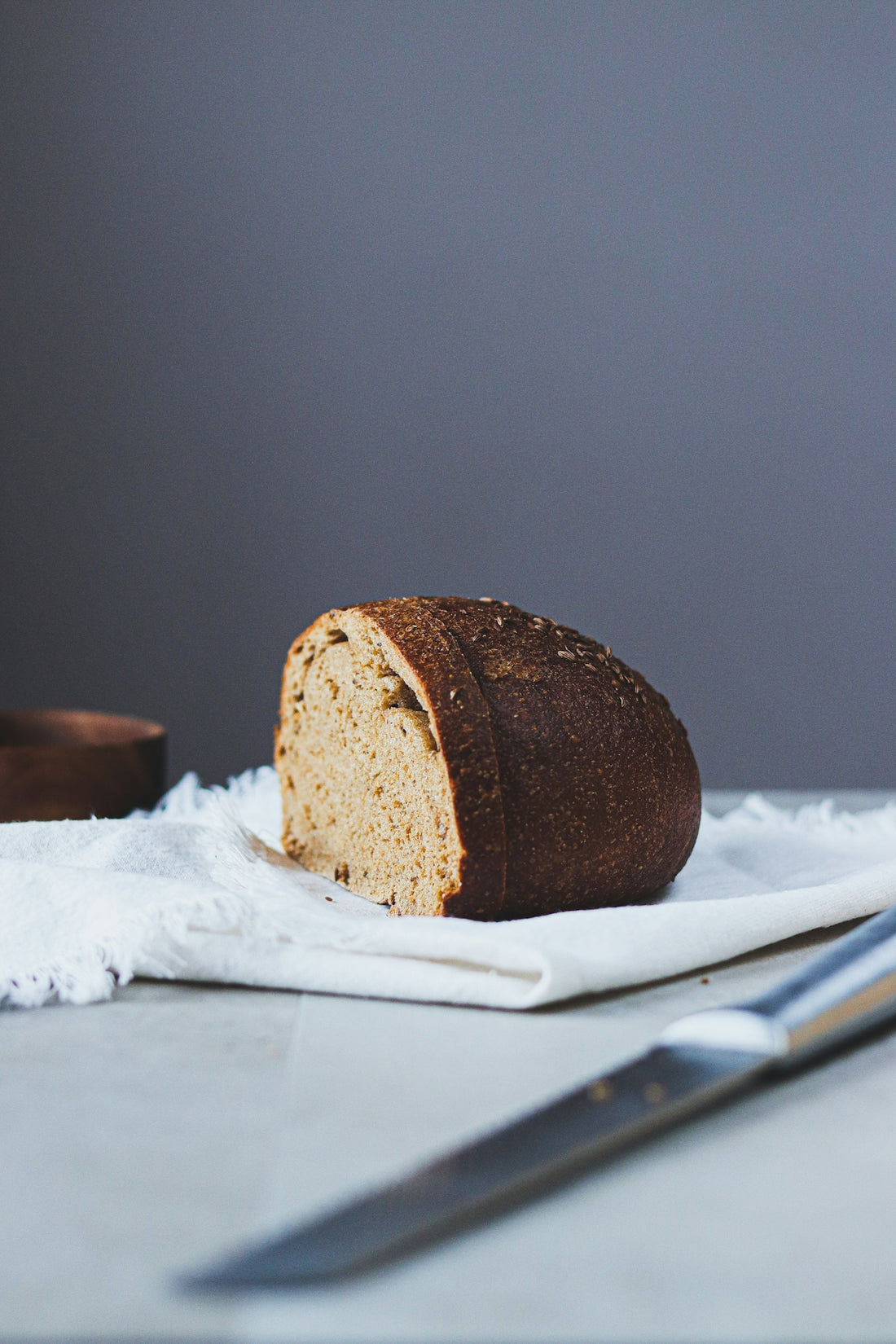
Sourdough for Diabetics: Health Benefits and Considerations
There has been a growing interest in the intersection of nutrition and chronic health conditions, particularly diabetes. For many people looking to manage their blood sugar levels, bread and other carbohydrate-rich foods can present challenges. However, sourdough bread, with its unique fermentation process and health benefits, is gaining attention as a potentially more favorable option for those managing diabetes. Let’s delve into the health benefits of sourdough for diabetics, considerations when including it in your diet, and explore the world of homemade sourdough.
The Unique Nature of Sourdough
Unlike many conventional breads, sourdough is made through fermentation involving a sourdough starter—a mixture of flour and water that captures wild yeast and beneficial bacteria from the environment. This process, known as wild yeast fermentation, helps in breaking down complex carbohydrates and gluten, improving nutrient availability and digestibility.
Health Benefits of Sourdough Fermentation
- Better Blood Sugar Control: The slow fermentation of sourdough lowers its glycemic index, meaning it has a slower impact on blood sugar levels. For diabetics, this steady release of glucose can help in maintaining stable blood sugar levels.
- Increased Nutrient Absorption: The fermentation process increases the bioavailability of certain nutrients such as magnesium, zinc, and iron, which are crucial for overall health.
- Inclusion of Prebiotics: The fermentation process in sourdough may increase prebiotic content, feeding good gut bacteria and promoting better digestive health.
- Reduced Gluten Content: Although not gluten-free, sourdough can be easier for some to digest due to its partially broken-down gluten proteins, which may benefit those who are mildly sensitive to gluten.
Considerations for Diabetics
While sourdough provides certain advantages, there are considerations diabetics should take into account:
- Portion Control: Even with a lower glycemic index, portion control is crucial. Moderation ensures better blood sugar regulation.
- Homemade vs. Store-bought: Homemade sourdough offers more control over ingredients and can avoid additives found in many commercial breads. It can be tailored to dietary needs.
- Type of Flour: Whole grain flour options can increase fiber content, further assisting in blood sugar management.
How to Incorporate Sourdough Into Your Diet
Sourdough Baking Tips
Making sourdough at home can be a rewarding experience. Start by establishing a robust sourdough starter. Home enthusiasts should regularly feed their starter with a schedule that best suits their baking needs. Knowing how to feed sourdough starter is an art—you can use a sourdough starter feeding schedule to maintain its health and vigor.
Here’s a simple guide on how to manage and utilize your starter:
- Feeding and Maintenance: Regularly discard and refresh your starter to keep it active. Some bakers prefer using an organic sourdough starter for its purity and potential flavor benefits.
- Storage: Knowing how to store sourdough starter is essential for maintaining its health. Store it in the refrigerator if not baking daily, and refresh it a day before use.
Easy Sourdough Bread Recipe
Using the right tools can make your baking process smoother. Consider:
- Le Creuset Dutch Oven: Ideal for creating a perfect crust.
- Danish Dough Whisk: Perfect for mixing your ingredients effectively.
Benefits of Artisan Bread Baking
Artisan bread baking is not only satisfying but also allows control over fermentation time and hydration levels, leading to bread that aligns with your dietary preferences. Whether you pursue making artisan sourdough bread or spin-offs like sourdough pizza dough or sourdough bagels, the possibilities are endless.
Sourdough Bread Troubleshooting
- Achieving a Crispy Crust: Use high heat and steam during the baking process. A Dutch oven can help trap steam.
- Shaping Techniques: Proper shaping techniques and best sourdough scoring techniques ensure an even bake with good oven spring.
- Starter Troubleshooting: A sluggish starter can be remedied by adjusting feeding frequency or changing the flour type.
FAQs on Sourdough for Diabetics
- Sourdough Starter vs. Yeast: Unlike regular yeast, a sourdough starter offers a broader flavor profile and enhanced fermentation benefits.
- Is Sourdough Suitable for Gluten Sensitivity? While sourdough is easier to digest, it's not suitable for those with celiac disease unless specifically made gluten-free.
- Is a Long Legacy Starter Better? Many bakers believe that a starter with a long heritage, like the Nonna Bella Dehydrated Sourdough Starter, carries more complex and interesting flavors.
Explore the full range of sourdough and baking products available at ItalianSourdough.com, and embrace the art of sustainable baking today.
Conclusion
Sourdough offers a delectable and nutritious alternative when navigating dietary choices impacted by diabetes. Through careful management of sourdough’s unique benefits, you can enjoy its complex flavors while maintaining a balanced and healthy diet. Always consult with healthcare providers to ensure any significant dietary changes align with your health needs. Let crafting your bread from starter to loaf become a treasured part of your daily journey—a step into "My sourdough life."
Explore products like the Reusable Silicone Bread Sling for Dutch Oven Baking to enhance your sourdough baking experience, making it efficient and enjoyable. Happy baking!
